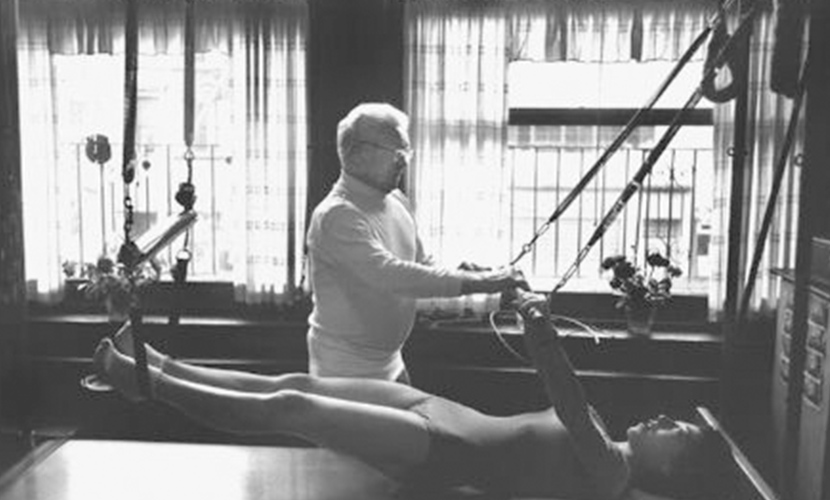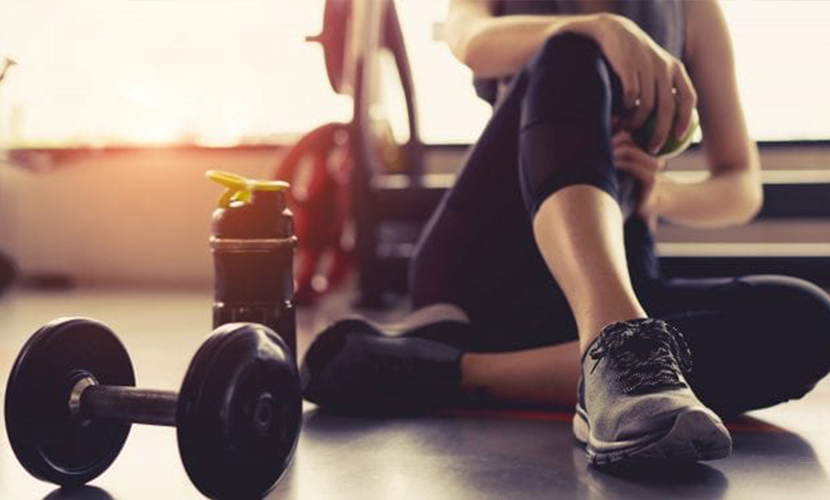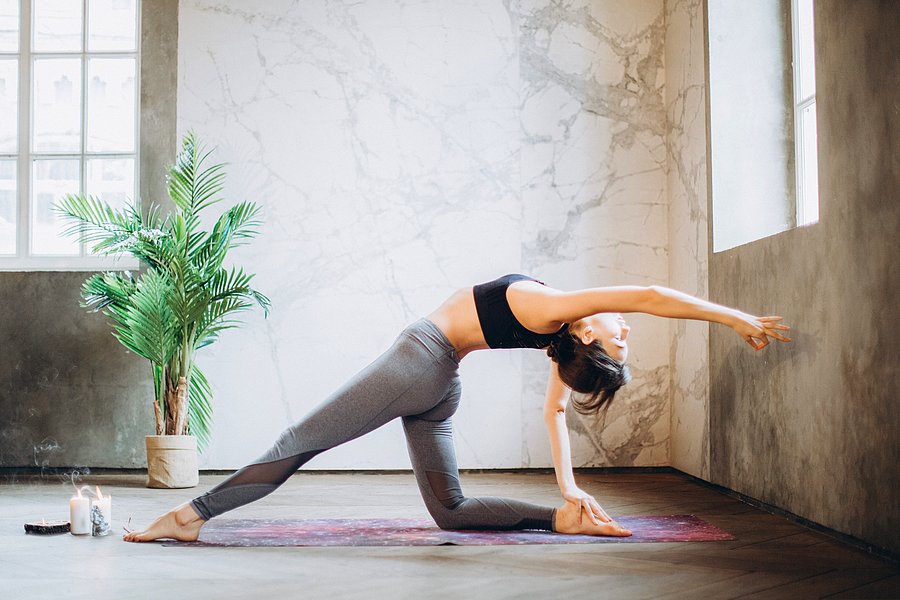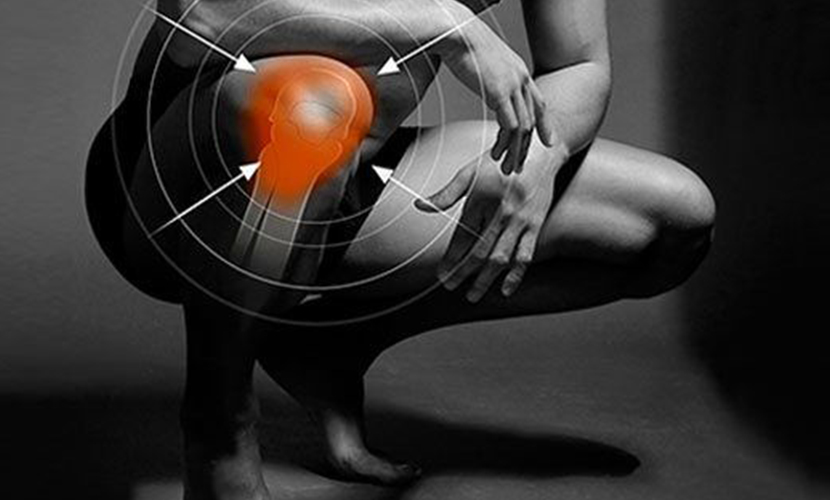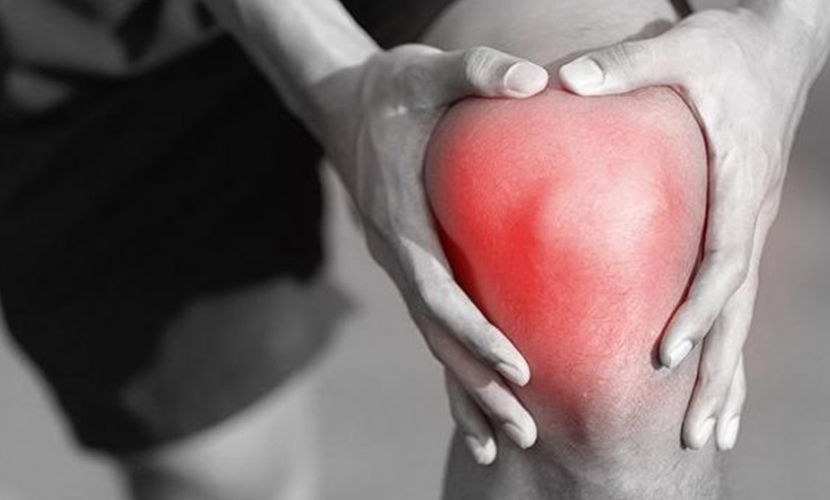Joseph Pilates was born in 1880 in Düsseldorf near Germany. As a child, Joseph has more than normal discomfort. His illnesses include asthma, bone disease (rickets) and rheumatic fever. The motivation to overcome these diseases has included body building, gymnastics, diving and other physical pursuits. He studied Eastern and Western philosophy and exercises. The dietary patterns in Rome and Greek culture were of interest. This rich back-plan that he developed presented a system shaped by his experiences and continued to change and improve this system throughout his life.
In 1912, Pilates traveled to England to play a Greek game as a circus actor. When the first world war broke out, he was taken to a camp in Isle of Man, along with other German citizens. While she was there, she began to teach and develop her physical exercise program. In this process, he developed some apparatus and tools for the healing of disabled and sick people. Even today, when we examine some of these apparatuses, we can understand that they were disassembled and invented from the side of a hospital bed. Pilates is known for improving flu epidemics and other wartime diseases.
Joseph Pilates After the war, he returned to Germany and was called by the German government to train his new armies. Having regard to the consequences of this, he decided to escape to America. (Some sources suggest that Joseph was invited by the United States to train world champion Max Schmeling).
There are not many sources describing the pre-migration period of Pilates to the United States. But apparently Rudolf Von Laban, Kurt Joss and Mary Wigman, met many of the most famous actors of the time. Even though he was not a Pilates dancer, the experiences he had in these early years provided him with the development of his relationship with the dance community in his future career.
When going to the United States, Joseph meets Clara and gets married soon. Clara has developed his method and played a big part in his teaching. Clara is described as a close, kind, and kind teacher. In 1926, he built his first Pilates studios in New York City. This studio is starting to appeal to a very large audience. Among these are state leaders, circus dancers, gymnasts and athletes.
The mass, dancers, who really came to appreciate the value of Joseph Pilates' system and his deep understanding of the functions of the human body. Some great dancers like George Balanchine, Ted Shawn, Martha Graham and Hanya Holm worked well and integrated dance techniques and dance training.
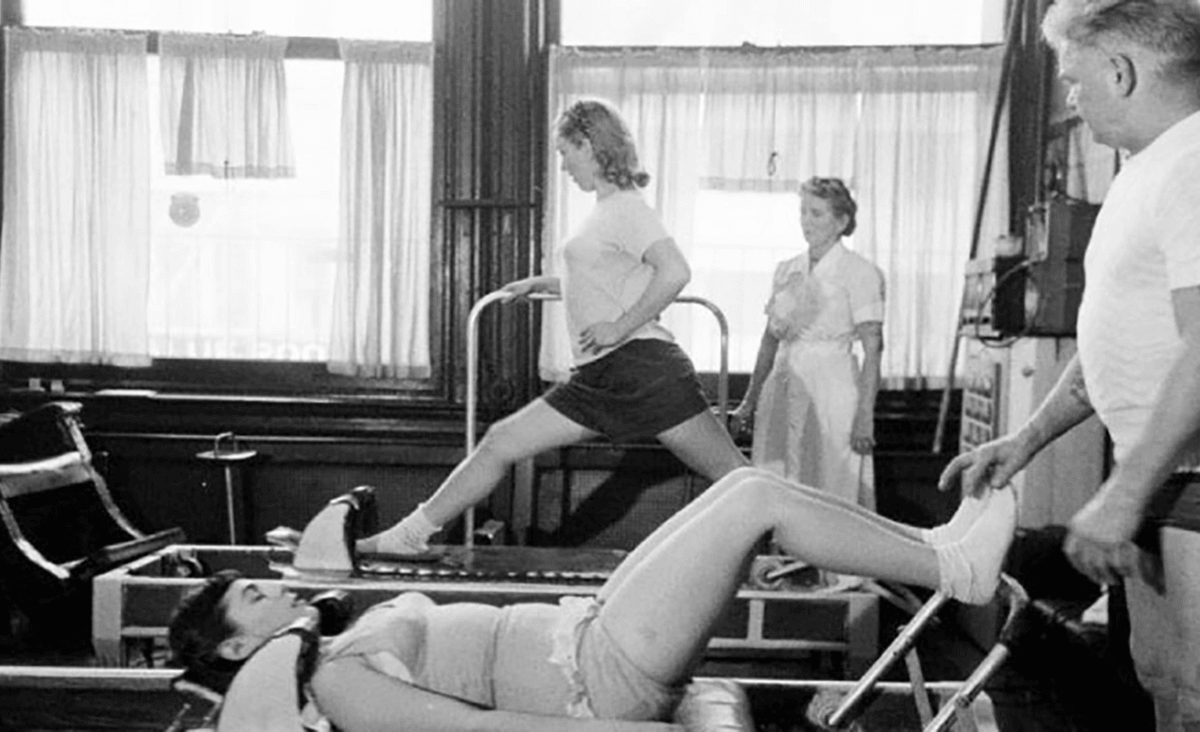
In doing so, the positive effects of dancers on their bodies are very influential both in terms of their performances and their lives.
His physical condition, his teachings and his performance show us that Pilates is a multidisciplinary man. In their studies, the effects of yoga, gymnastics, boxing, defense sports and western philosophies are seen. He has shown and taught his work in all settings. These environments include a studio, a small New York location, and outside, where you can feel more relaxed and inspired. He was a man of a faithful man and creator of a genius. He was a person who embraced the system he created as a way of life. A man who believes that every human being will change his life and thus change society as a whole
Pilates dreamed that his studies were taught in every school and educational institution. He thought that children should have physical knowledge and believed that this information should be simple and accessible. There was a glimpse of the simplicity of movement and the nature of both human and animal body design. Most of the first articles written on Pilates indicate his passion for animal and animal movements. This can easily be understood from the names he gave to some exercises.
Over the course of his career Pilates has developed over 600 exercises for a variety of apparatus types that he invented. The philosophy that guided her was; In order to attain good health, it is necessary to approach both the body, mind and spirit. Pilates equipments are designed to improve the whole body, to correct the body position and to create positions and movements to balance. Various exercises that can be applied in a wide range from beginning to mastery stage can be done by using pieces of equipment. Springs, rollers, and equipment that use gravity are influenced by various angles to muscle structure, and there is a focus on the inner muscle system in particular. This layer of muscles is exercised to achieve correct position, posture and optimal movement mechanics.

Joseph Pilates was a man who could think beyond his time, from the point of view of healthy life, to the way of producing exercises, to inventing exercise equipment and integrating this equipment into everyday household life. It was probably the first to demonstrate the concept of home gymnastics by producing the Wunda chair. This chair could also be used as a household item. The photographs of Joseph Pilates and his wife Clara together with the equipment found in their New York apartment show that it is far beyond a demonstration of Pilates presentations. This idea supports a very rare short film that introduces Pilates' system. This film also has personal health tips. This movie is a little bit of a guide, but some of the advertising features also carry information. It can be seen from this film that Pilates is not just about the health and spore point of view, but also the time of marketing skills. Years after his death, his work has created a revolution in the sporting world and has contributed to the development of the bodybuilding field.
The Pilates method shows the way to holistic health. It is not a type of physical exercise repeated unconsciously. Pilates is a holistic view of healthy life and a method of lifelong development. Pilates wrote in the first paragraph of his book, "Return to Life through Controology" "Physical fitness is the first requirement for happiness. "Our understanding of physical health is to gain access to and maintain a body of mind-strong, all parts equally developed, capable of doing our daily and routine work in a natural, easy and satisfying manner, with a taste and enjoyment from the inside."

